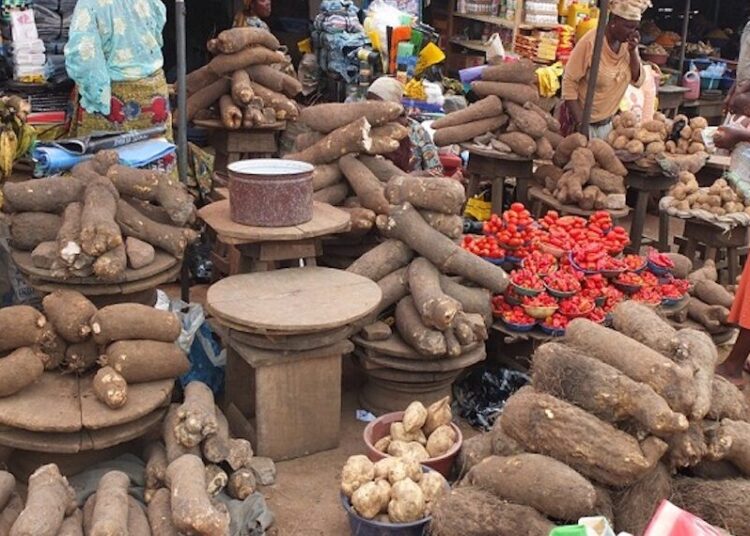The World Bank says domestic food price inflation remains high across the world.
This is according to the latest Food Security Update on Tuesday, the report showed information from the latest month between October 2022 and February 2023 for which food price inflation data were available.
It showed high inflation in almost all low- and middle-income countries with inflation levels above five per cent in 88.21 per cent of low-income countries.
“Inflation in 93 per cent of lower-middle-income countries, and 89.0 per cent of upper-middle-income countries and many experiencing double-digit inflation.”
In addition, the report said about 85.7per cent of high-income countries were experiencing high food price inflation.
“The countries affected most are in Africa, North America, Latin America, South Asia, Europe, and Central Asia.”
It said according to a recent report from the Food and Agriculture Organisation of the United Nations (FAO), the benchmark index of international food commodity prices declined for the 11th consecutive month in February 2023.
“The FAO Food Price Index averaged 129.8 points in February, a marginal 0.6 per cent decrease from January 2023 and an 18.7 per cent decrease from its peak in March 2022.”
NAN also recalls that the heads of FAO, IMF, World Bank Group, World Food Programme, and World Trade Organisation released a Third Joint statement on Feb 8.
The statement was to draw attention on the need to prevent a worsening of the food and nutrition security crisis, while further urgent actions are required to rescue hunger hotspots.
A call was also made to facilitate trade, improve the functioning of markets, and enhance the role of the private sector
It was also a call to reform and repurpose harmful subsidies with careful targeting and efficiency.
The executives also urged countries to balance short-term urgent interventions with longer-term resilience efforts as they respond to the crisis.












